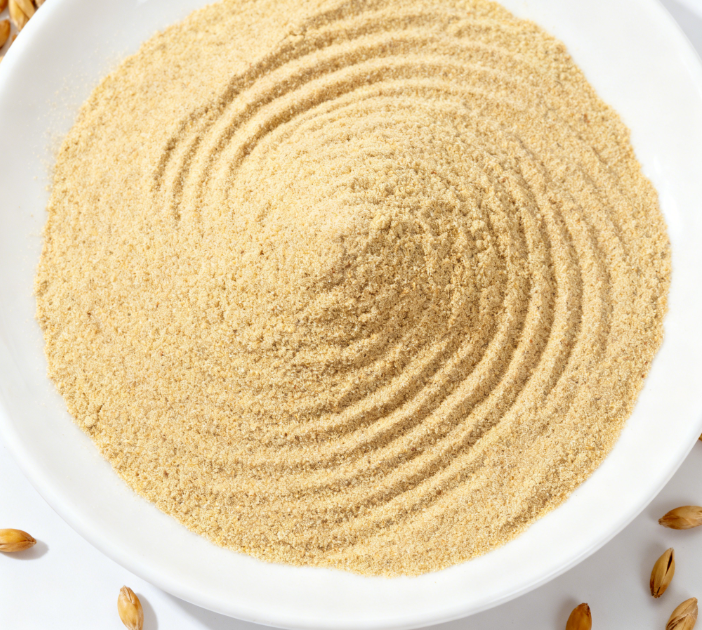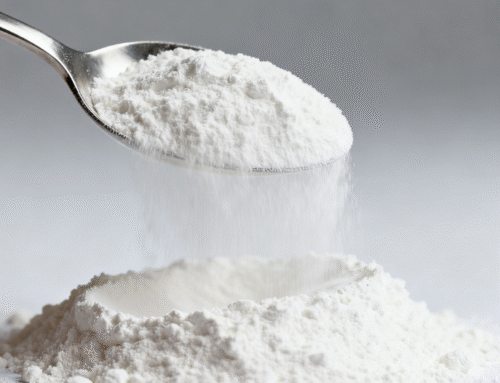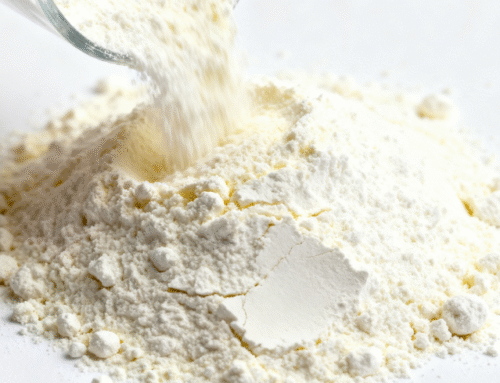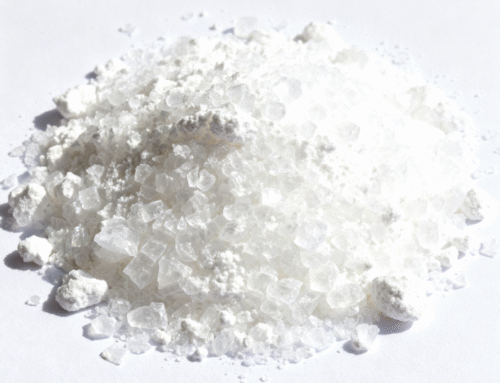Introduction
Malt powder has been quietly revolutionizing kitchens and food manufacturing for decades, yet many home cooks and professional chefs alike remain unaware of its full potential. From enhancing the flavor of baked goods to creating rich, complex beverages, this humble ingredient offers a unique combination of functional properties and distinctive taste that sets it apart in the culinary world.
Understanding Malt Powder: More Than Just a Sweetener
At its core, malt powder is created through the natural process of malting – where grains (typically barley) are soaked, germinated, and dried to activate enzymes that convert starches into simpler sugars. This transformation creates a product that’s much more than just another sweetening agent; it’s a complex ingredient with multiple culinary applications.
Types of Malt Powder: Knowing the Difference
Malted Milk Powder
Perhaps the most recognizable form, malted milk powder combines malted barley extracts with wheat flour and powdered milk. Brands like Ovaltine and Carnation have made this version famous, but numerous suppliers offer their own unique formulations. The inclusion of dairy gives malted milk powder its characteristic creamy richness, while the grain extracts provide that distinctive roasted, toasty flavor profile.
Diastatic vs. Non-Diastatic Malt Powder
Understanding this distinction is crucial for successful cooking and baking:
Diastatic Malt Powder: Contains active enzymes that break down starches into fermentable sugars, making it ideal for yeast-raised baked goods where enhanced fermentation is desired
Non-Diastatic Malt Powder: Features deactivated enzymes through kilning, serving primarily as a flavor and color enhancer without affecting fermentation
The Science Behind the Flavor
What makes malt powder truly special is its complex chemical composition. The combination of grain extracts creates a rich, earthy base note, while the Maillard reaction during processing develops those characteristic roasted flavors. When heated, the lactose in malted milk powder undergoes caramelization, producing butterscotch and toffee-like notes that add depth to baked goods.
The inclusion of sodium bicarbonate in many commercial malt powder formulations serves multiple purposes: it adjusts pH for optimal flavor development, adds a subtle savory edge that balances sweetness, and enhances browning during baking.
Culinary Applications: Beyond the Expected
Baking Excellence
Malt powder’s impact on baked goods is nothing short of transformative:
Cookies and Cakes: Adds complexity to sweet treats with its unique sweet-savory profile
Breads: Diastatic varieties improve crust color and texture in yeast-raised products
Ice Cream: Creates rich, malted flavors that elevate simple frozen desserts
Pastries: Enhances browning and adds depth to various pastry applications
Beverage Enhancement
From classic malted milk drinks to innovative cocktail creations, malt powder brings:
Rich, creamy texture to hot and cold beverages
Complex flavor layers that simple sweeteners can’t match
Natural coloring that makes drinks visually appealing
Nutritional benefits beyond basic sweetening
Savory Applications
While often associated with sweets, malt powder also excels in savory contexts:
Enhances umami characteristics in sauces and gravies
Balances acidity in tomato-based dishes
Adds depth to marinades and rubs
Improves browning on roasted meats and vegetables
Practical Usage Tips
Incorporating into Recipes
Successfully using malt powder requires understanding its properties:
Start with small amounts (1-2 tablespoons per batch) and adjust to taste
Consider reducing other sweeteners when adding malt powder
Account for its sodium content by adjusting salt in recipes
Remember that its milky notes intensify with heat exposure
Storage and Handling
Proper storage ensures optimal performance:
Keep in airtight containers away from moisture
Store in cool, dark places to preserve flavor
Use within recommended timeframes for best results
Check for clumping as an indicator of moisture exposure
Dietary Considerations and Alternatives
Gluten and Dairy Concerns
Traditional malt powder presents challenges for some diets:
Contains gluten from barley and wheat extracts
Includes dairy components in malted milk powder varieties
May contain additives that conflict with dietary restrictions
Vegan and Gluten-Free Options
For those with dietary restrictions, several alternatives exist:
Kinako (roasted soy flour): Offers similar nutty, toasty notes
Gluten-free malt-like powders: Made from alternative grains
Dairy-free formulations: Using plant-based milk powders
Sourcing and Selection
Commercial Availability
Malt powder is readily accessible through:
Supermarkets (typically in the beverage or baking aisle)
Specialty food stores carrying baking ingredients
Online retailers offering various brands and types
Bulk suppliers for commercial applications
Choosing the Right Product
Selecting the appropriate malt powder depends on your needs:
For flavor enhancement: Non-diastatic malt powder or malted milk powder
For baking with yeast: Diastatic malt powder
For dietary restrictions: Seek out specialized formulations
For commercial use: Consider bulk purchasing from reliable suppliers
The Future of Malt Powder
As culinary trends continue evolving, malt powder’s position seems secure. The growing interest in artisanal baking, craft beverages, and complex flavor profiles ensures this traditional ingredient will remain relevant. Food scientists continue exploring new applications, while home cooks discover its potential for elevating everyday cooking.
Conclusion
Malt powder represents that rare culinary ingredient that bridges tradition and innovation. Its unique ability to enhance flavor, improve texture, and contribute to visual appeal makes it invaluable to both home cooks and food manufacturers. Whether you’re baking bread, making ice cream, or crafting the perfect milkshake, understanding how to use malt powder effectively can transform good recipes into extraordinary ones.
As with any specialized ingredient, the key lies in understanding its properties and applications. By choosing the right type of malt powder for your needs and using it thoughtfully, you can unlock new dimensions of flavor in your culinary creations.
Interested in Exploring Malt Powder for Your Culinary Needs?
Contact us to learn more about our range of malt powder products, from traditional formulations to specialized varieties for specific dietary and culinary applications. Our team can help you select the perfect product for your cooking and baking projects.






Leave A Comment